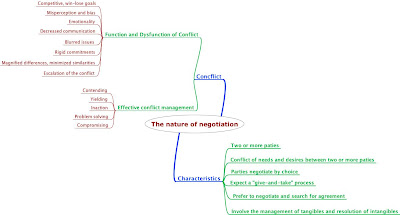This chapter focuses on the primary factors that negotiators consider when they decide whether particular tactics are deceptive and unethical. The negotiation process raises several critical ethical issues. Much of what has been written on negotiating behavior has been strongly normative about ethics and has prescribed “should” and “should nots.”
Discussions of business ethics frequently confuse ethical versus prudent versus practical versus legal criteria for judging appropriate conduct. Most of the ethics issues in negotiation are concerned with standards of truth telling-how honest, candid, and disclosing a negotiator should be. Some negotiators may cheat or steal, but most of the attention in negotiator ethics has been on lying behavior.
From time to time, most executives find themselves compelled, for their own interests or the interests of their companies, to practice some form of deception in their dealings with customers, suppliers, labor unions, government officials, or even other key executives.The purpose of using marginally ethical negotiating tactics is to increase the negotiator’s power in the bargaining environment.












